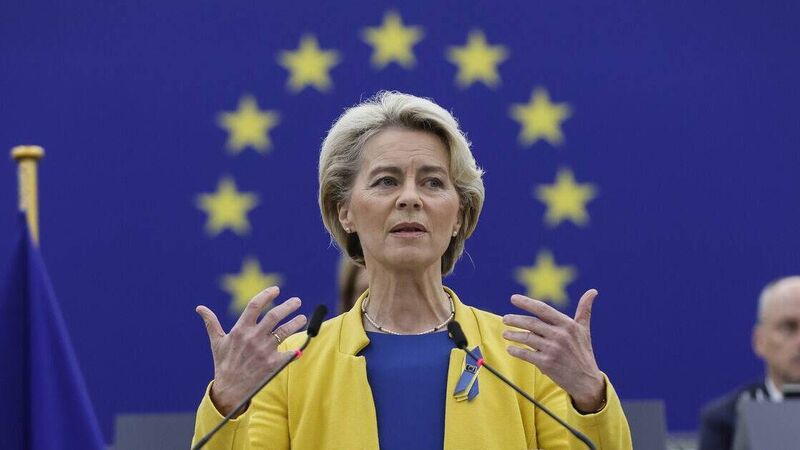John Whelan: What direction is Europe's Competitive Compass pointing?

European Commission president Ursula von der Leyen said the compass would drastically reduce the regulatory and administrative burden on firms.
The Competitiveness Compass unveiled by European Commission President Ursula von der Leyen last Wednesday, aimed at reviving the EU economy, includes plans to reshore the production of critical drugs to Europe and reduce dependency on everyday medicines manufactured in India and China.
The policy could impact the continued development of the US multinationals that have invested heavily over recent decades in pharmaceutical manufacturing plants in Ireland. Attracting European pharmaceutical companies to invest in Ireland rather than their home country could prove a challenge too far for IDA Ireland, which has offered access to the European market to US and Asian corporations.











